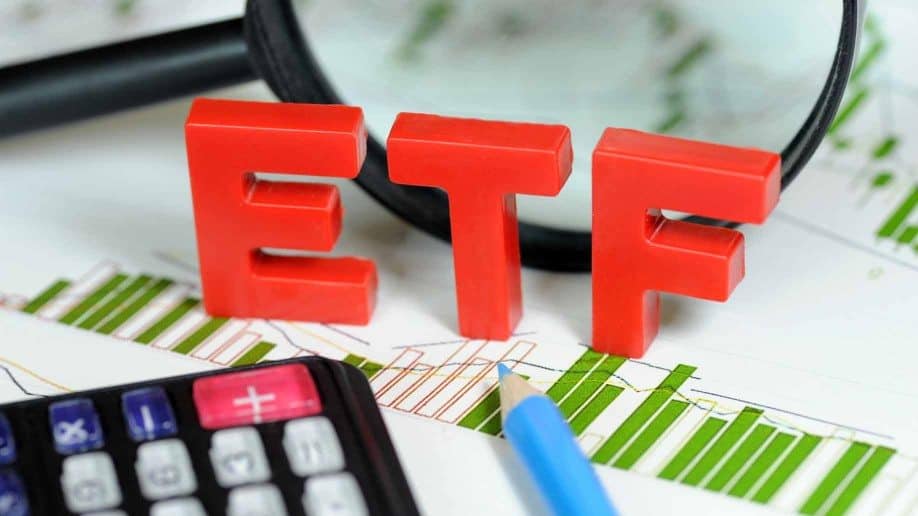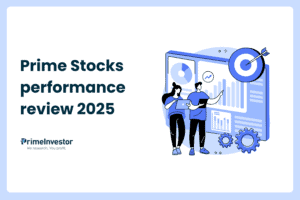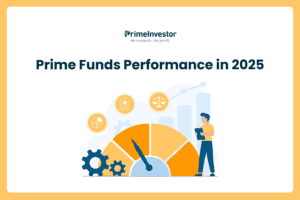In this quarterly review, we have retained almost all our portfolios – without any change. Most of the funds in our portfolios continue to remain in our Prime Funds.
You may find an odd case of few funds moving out of Prime Funds but continuing to remain in your portfolio. This is not a cause for concern. We have consciously kept them there as we do not see any need to exit them. As long as we don’t notify you of changes in portfolios, you can assume that they remain what they were.
You can check the changes in your dashboard.

Coming to the changes, we have made changes in just 2 portfolios – the index fund and ETF portfolio under passive investing .
Under passive investing – we could thus far offer only equity funds/ETFs because we did not find quality debt indices that you could invest in. The couple of debt ETFs we did check, had high tracking error or low volume. However, with the entry of Bharat Bond ETF and FOF, we think there is a good passive opportunity for you to participate in – if you want only passive option that is.
We have therefore added Bharat Bond FoF April 2030 and Bharat Bond ETF April 2030, with 20% allocation to both our index fund portfolio and ETF portfolio. With this, both these portfolios will turn to a 80:20 equity:debt asset allocated high risk portfolio with minimum of 5-7 year time frame.
To accommodate the above, we have tweaked our portfolio allocations, the details of which you will find in the history of changes mentioned for both the index and ETF portfolios respectively.
The Bharat Bond FoF April 2030 has been added to the index fund portfolio while the Bharat Bond ETF April 2030 has been added to the ETF portfolio.
You will see the allocation to many funds in both the portfolios has come down to accommodate debt. Please note that you need not sell equity to do the same. You can simply add the Bharat Bond ETF/FoF to bring in debt. If you already have sufficient debt exposure for any goal, then you don’t necessarily need to add this one.
About Bharat Bond ETF
Now let’s get into more details on the Bharat Bond ETF from Edelweiss AMC.
The Bharat Bond ETF is an ETF with fixed maturity (April 2030 in this case) that will invest in high quality AAA-rated PSU bonds maturing in 2030. This option will ensure any credit risk is minimized given that the ETF is not allowed to hold any paper than falls below AAA-rating.
However, you returns will see volatility as it is a 10-year bond more sensitive to interest rate movements. At present, this ETF is more volatile than corporate bond funds and constant maturity funds.
As the ETF nears maturity, such volatility will reduce. The April 2030 ETF has a yield of 6.68% at present. While the ETF has a short record (launched only in January 2020), it is already competing well with long tenure debt funds such as gilt funds given the very low expense ratios for both the ETF (0.01%) and FoF (0.05%).
Please note that a passive portfolio is not meant to beat active funds. They are meant to generate market-linked returns at low cost.
If you wish to know more about fixed maturity ETFs as an asset class and also our coverage of Bharat Bond, read these:
- https://www.primeinvestor.in/bharat-bond-etf-facts-to-know-before-you-invest/
- https://www.primeinvestor.in/should-you-invest-in-bharat-bond-etf/
Useful tips
- If you are already holding an active debt funds with this portfolio, there is no need to replace them.
- These portfolios are meant for a minimum 5-7 year time frame. If you have a lower time frame, reduce your equity significantly (refer our time frame based portfolios for asset allocation proportions) and bring in shorter duration debt funds from our Prime Funds.



